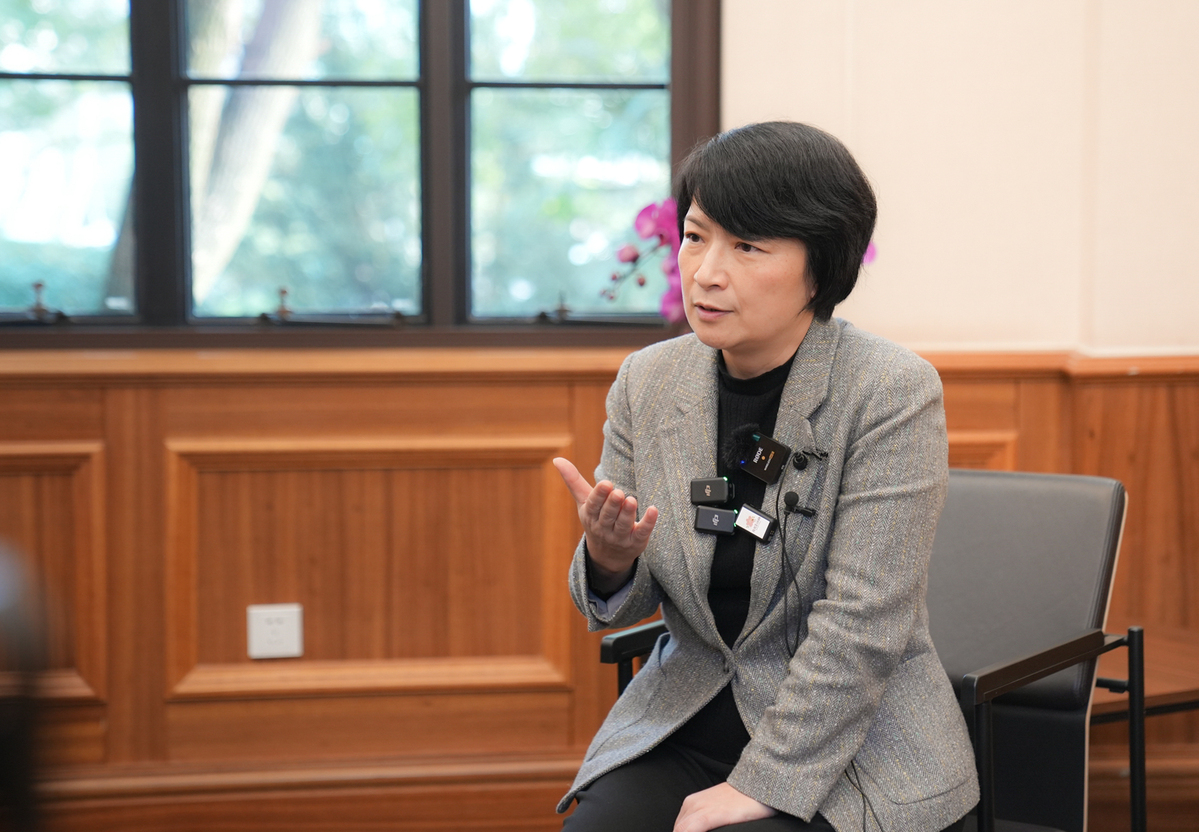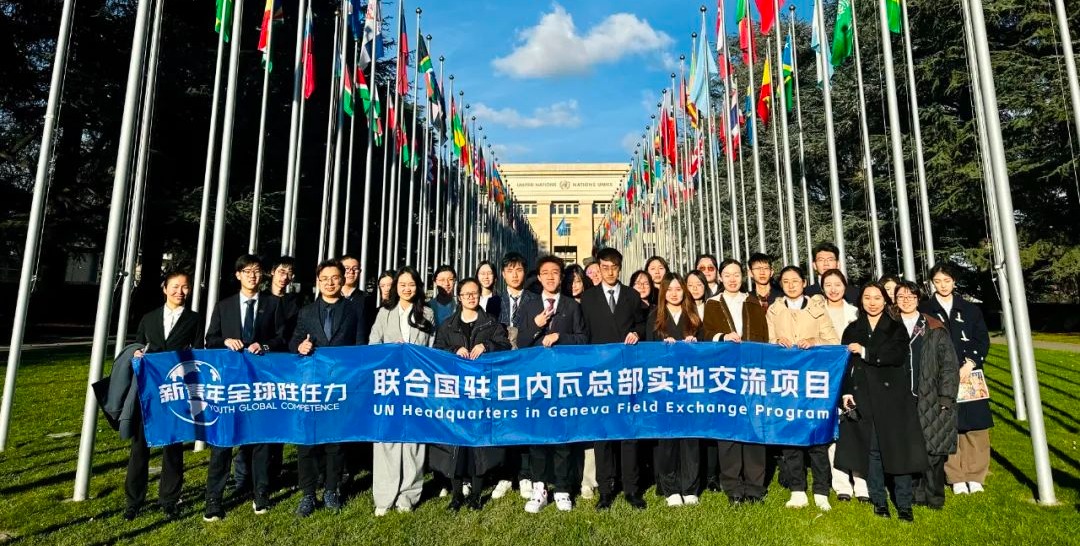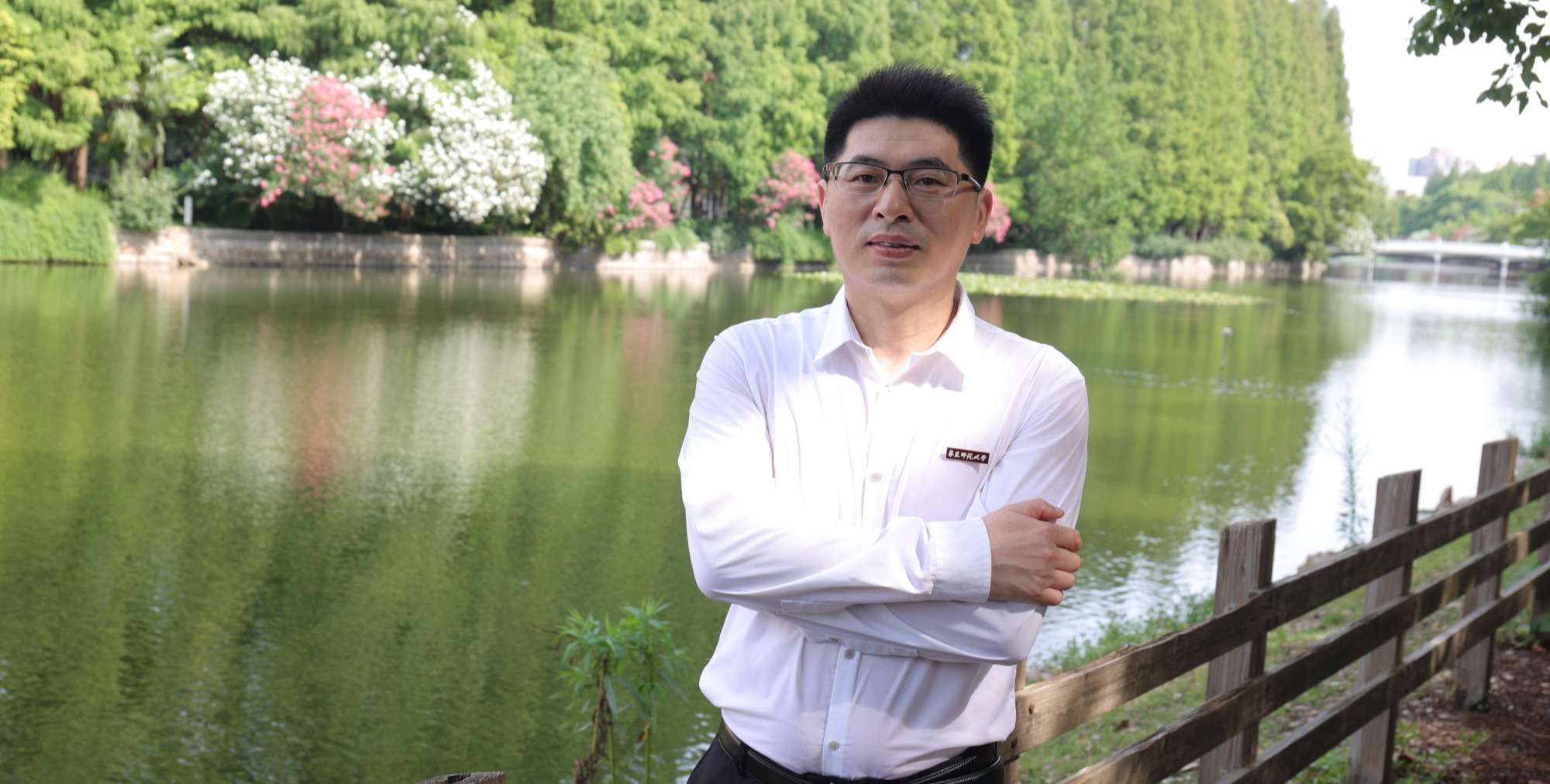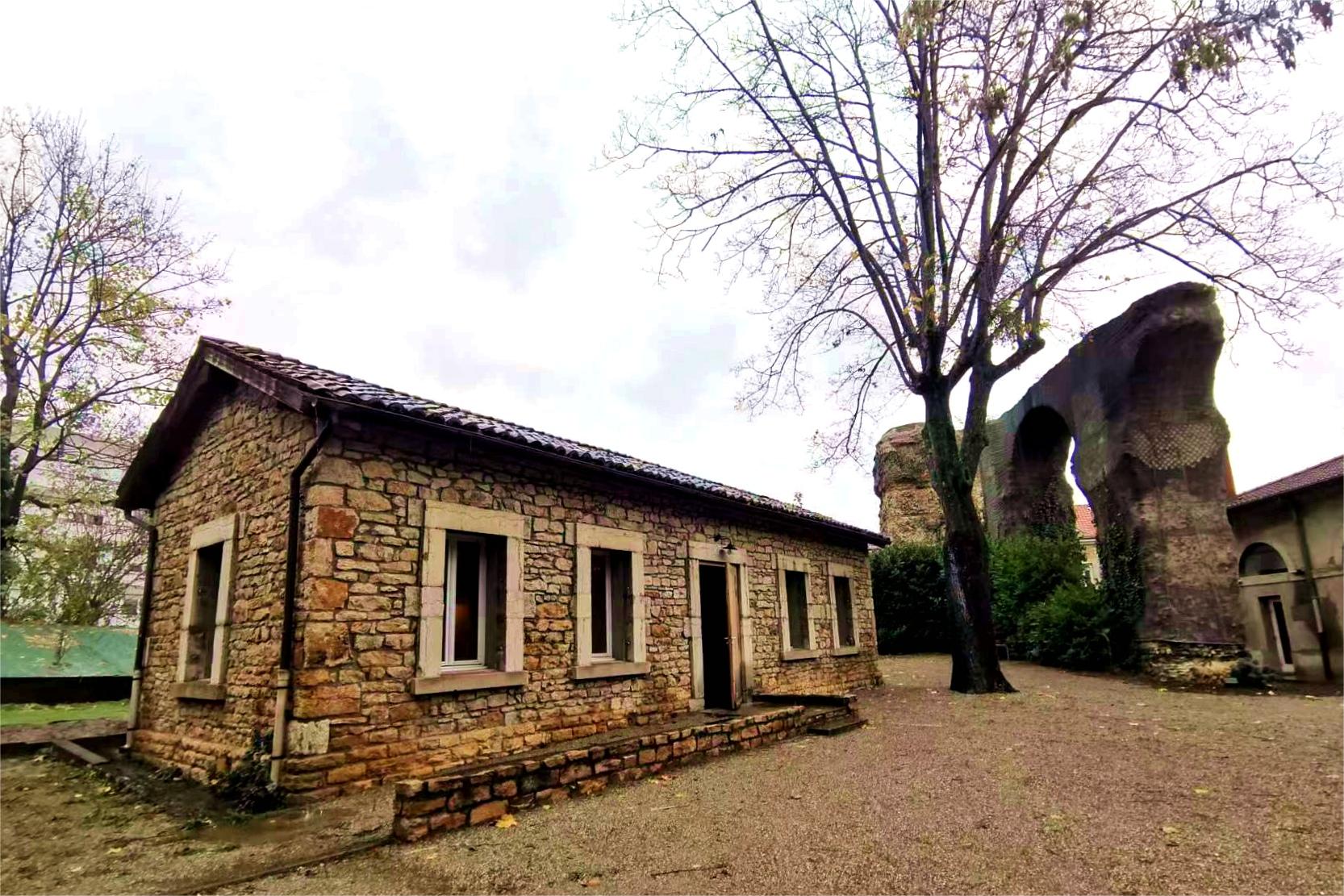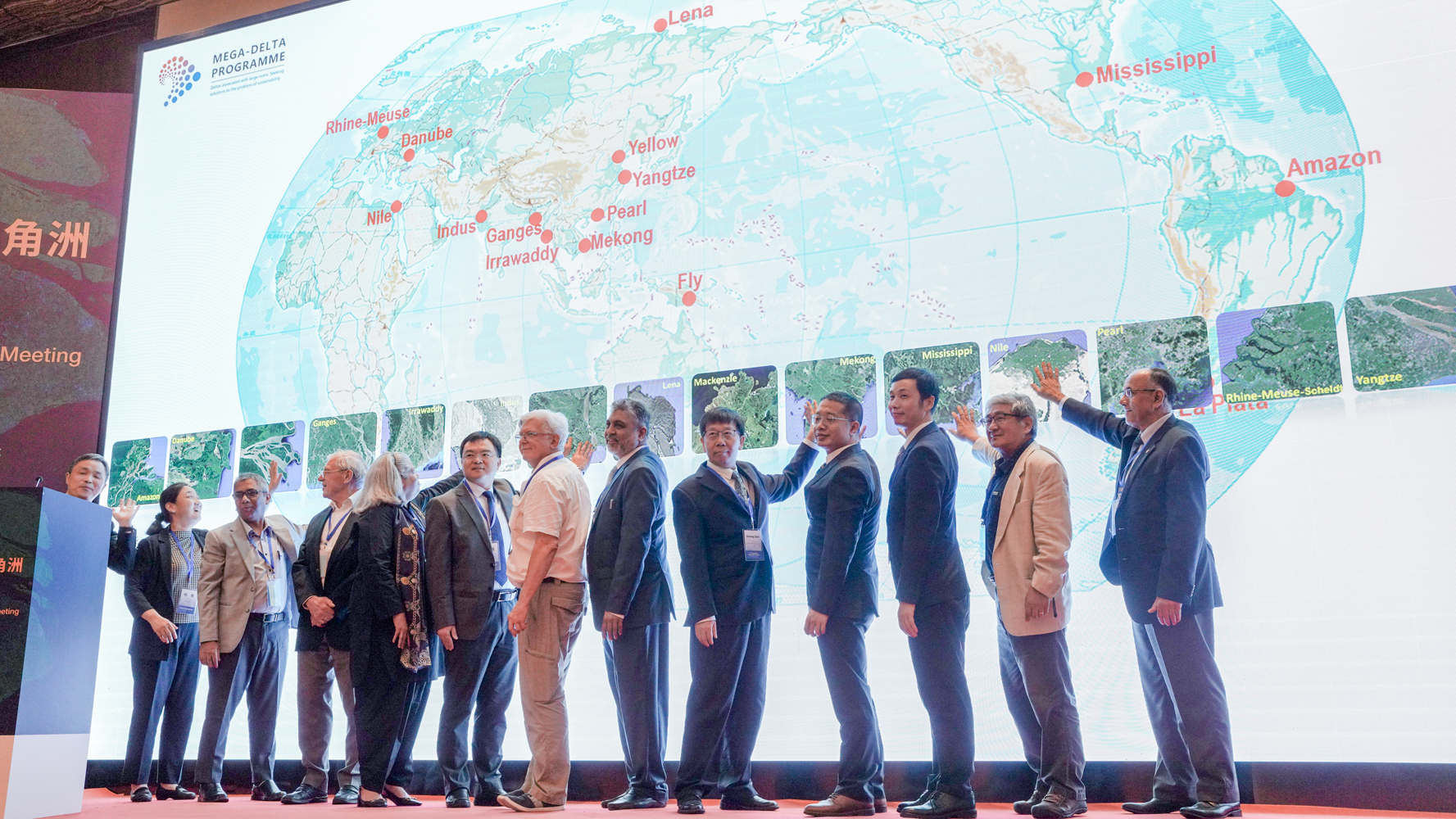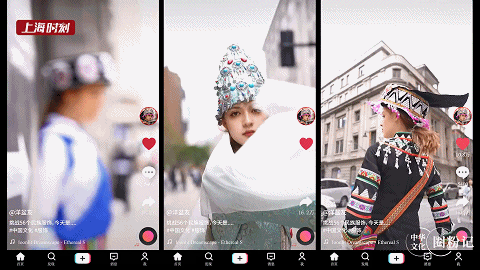# Hot Search #
Recently, the research team led by Sun Lin from the Key Laboratory of Polar Materials and Devices, ECNU observed light-induced spin currents in W/YIG bilayer films using their self-developed spin photovoltaic effect measurement system. By combining experimental observations with device simulations, they elucidated the controversy over the origin of light-induced spin currents and revealed the microscopic mechanism of the spin photovoltaic effect. The research results were published online in Nature Communications on May 22, 2024, titled “Origin of the light-induced spin currents in heavy metal/magnetic insulator bilayers”.
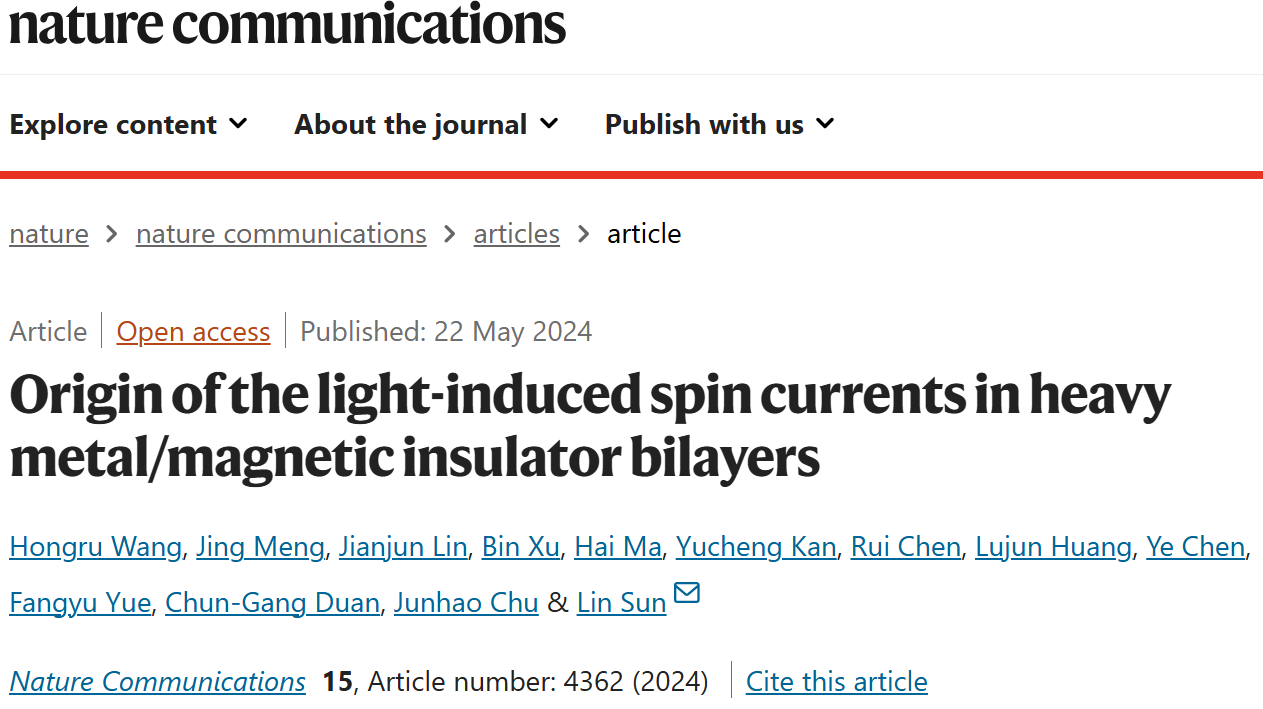
https://www.nature.com/articles/s41467-024-48710-6
Electrons possess charge, and microelectronics utilize the charge properties of electrons to achieve the storage, transmission, and processing of information, which serves as the foundation of modern information technology. However, with the rapid development of miniaturization and multifunctionality of microelectronic devices, the issue of device power consumption caused by charge currents has become increasingly severe, necessitating the search for new principles and technologies. In addition to charge properties, electrons also possess spin properties. Pure spin currents can be regarded as the opposite flow of spin-up and spin-down electrons, eliminating charge currents and thus avoiding Joule heating effect. Currently, the generation and manipulation of spin currents is one of the research hotspots in spintronics. Spin currents can be generated in bilayer structures of heavy metals with strong spin-orbit coupling and magnetic insulators by physical phenomena such as the spin Hall effect (SHE), spin pumping effect (SPE), spin Seebeck effect (SSE), and spin photovoltaic effect (SPVE). Among them, SPVE can generate spin currents in a non-contact manner, having unique advantages compared to other methods. However, light illumination can also generate temperature gradients, which can similarly excite spin currents, known as the SSE. Therefore, there has been ongoing controversy over the origin of light-induced spin currents.
The research team systematically investigated the effect of light intensity and direction on the photo-induced spin current in W/YIG heterojunction. By combining heat transfer simulation, they found that the spin current induced by low light intensity mainly comes from the photo-excited spin current generated by SPVE, while the spin current induced by high light intensity mainly comes from the photo-induced thermally excited spin current caused by SSE. This work clarifies the generation conditions of SPVE and SSE, and provides experimental evidence for the existence of SPVE. Figure 2 shows the SPVE measurements of W/YIG samples with different thicknesses under top illumination.
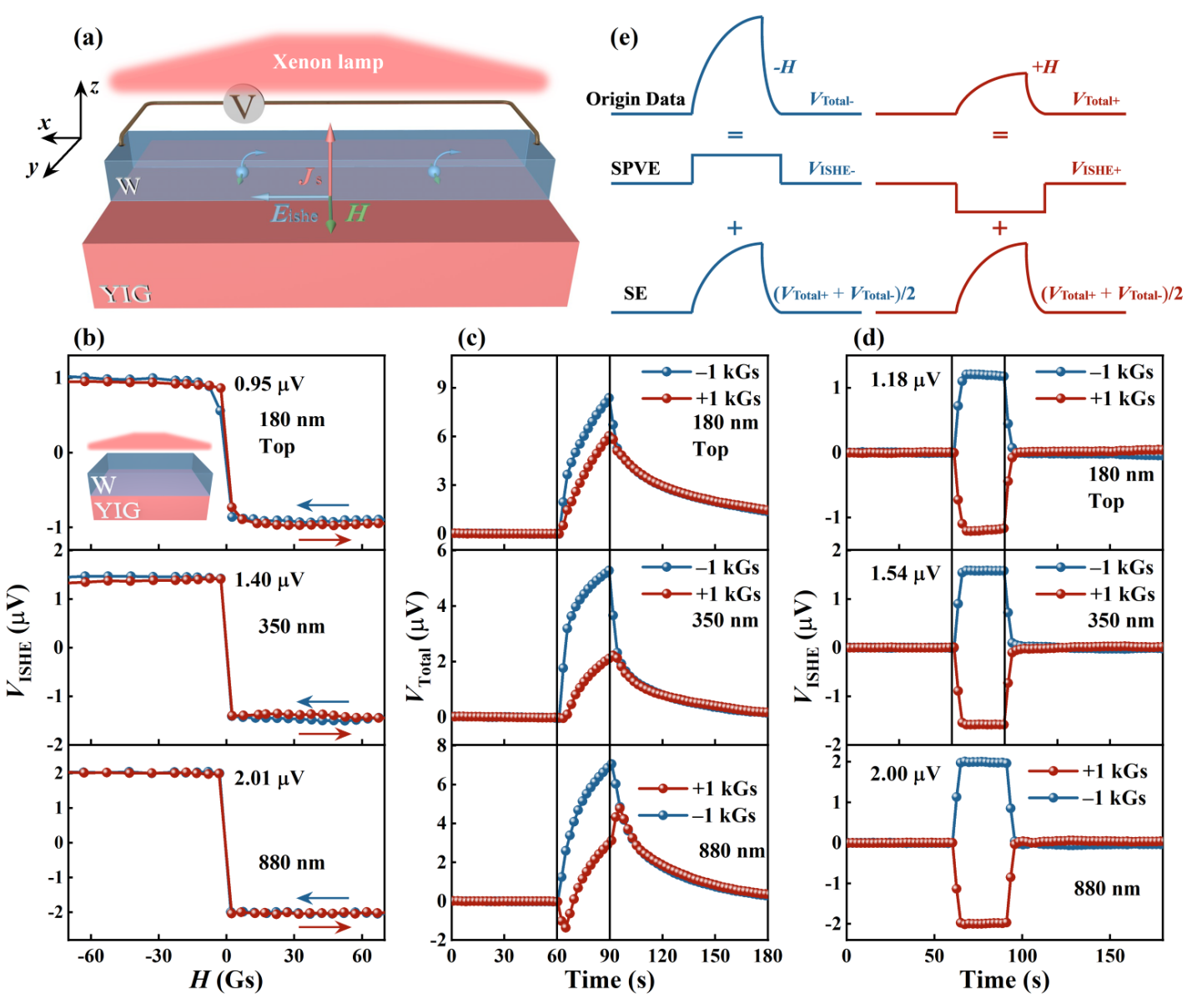
Figure 2
The results show that SPVE increases as the thickness of YIG increases. Based on this phenomenon, the team proposed a new explanation for the microscopic mechanism of SPVE: First, when light illuminates the device, an individual spin in YIG is perturbed by photons, deviating from its equilibrium state. Due to the interaction between this spin and its neighboring spins, the photon-induced perturbation propagates throughout the system and forms spin waves in YIG. Second, at the W/YIG interface, spin angular momentum is transferred from spin precession (spin waves) to the conduction-electron spin, forming an electron spin current in the W layer. Finally, the spin current in the W layer is converted into an inverse spin Hall voltage through the inverse spin Hall effect for detection. Figure 3 shows a schematic diagram of the physical mechanism of SPVE. This research can provide theoretical references for the design of photo-induced spin current prototype devices.

Figure 3
The research findings have been published in Nature Communications 15, 4362 (2024). ECNU is the first completion institution, with doctoral candidate Wang Hongru serving as the first author and Prof. Sun Lin as the corresponding author. This research was greatly supported by the National Natural Science Foundation of China, the Key Laboratory of Polar Materials and Devices under the Ministry of Education at ECNU, and the Micro-Nano Processing Center of ECNU.
Prof. Sun Lin’s team primarily focuses on research in semiconductor photovoltaic devices and novel photovoltaic effect devices, emphasizing the study of Cu2ZnSnS4 (CZTS) thin-film photovoltaic cells and photodetectors, ferroelectric photovoltaic effects and neuromorphic devices, as well as spin photovoltaic effect prototype devices.
Source: School of Physics and Electronic Science
Editor: Xu Xincheng
